Coffee Table - Freehanding with a router
With the jointing now completed, the next stage is to look at the top corners of each leg, as the glass will sit inside the leg in a sort of square rebate and, somehow, this section has to be removed.
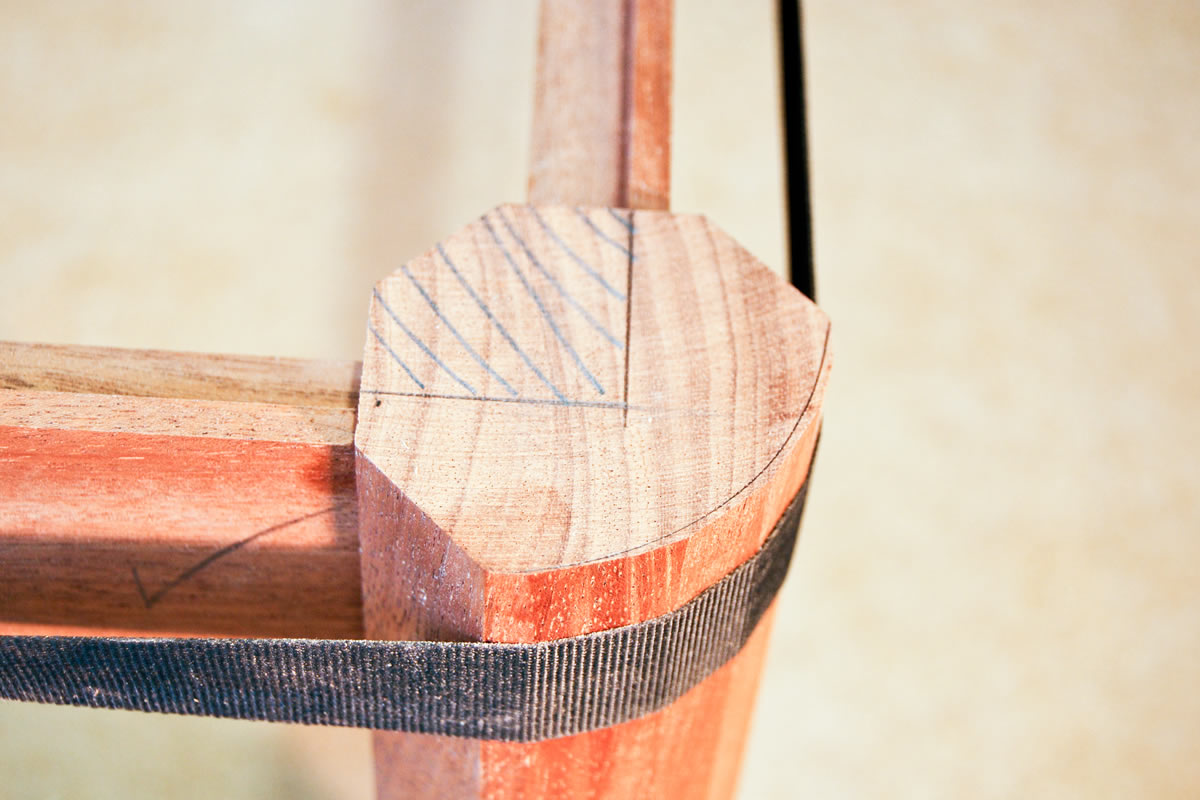
Chopping end grain out by hand is a complete pain and a task well avoided, so the only real solution was to use the router to machine it away.
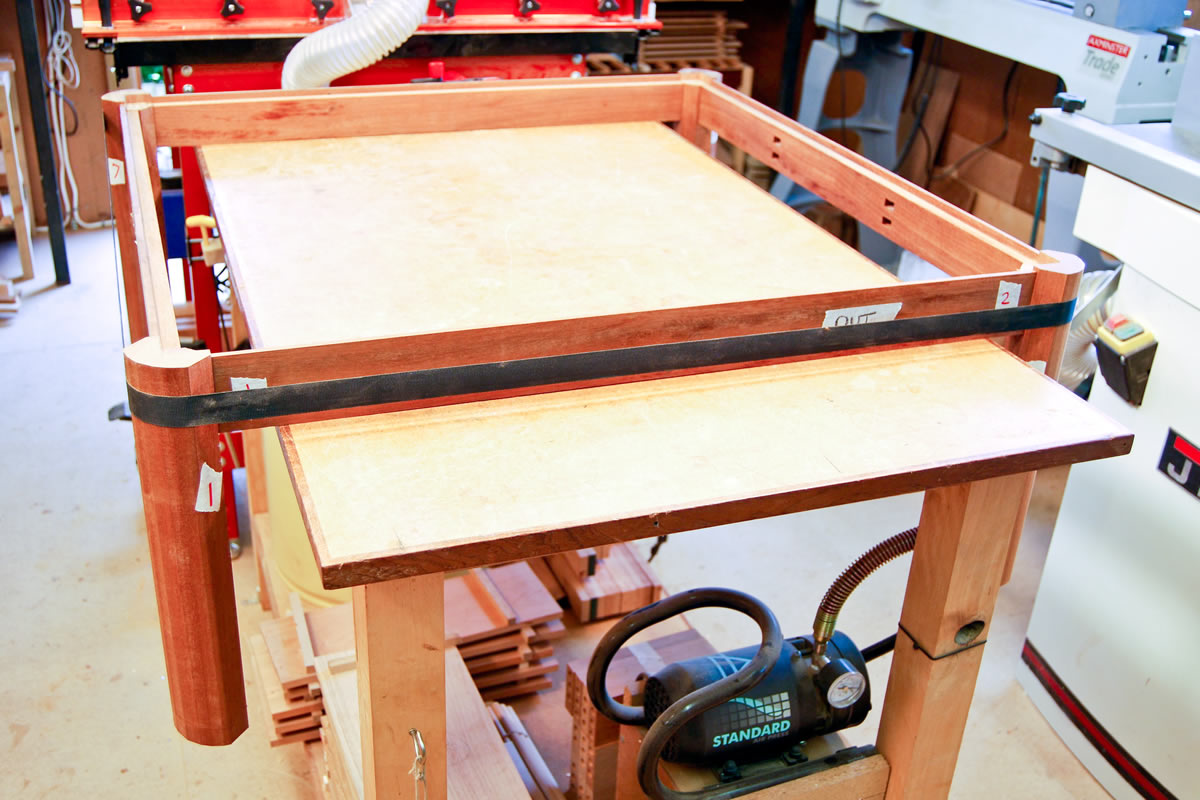
With the framework still cramped together and mounted on the assembly table, the only way to provide sufficient surface area to balance the router was to make a cunning, little jig which in turn was cramped onto two adjacent sides of the offending leg in question.
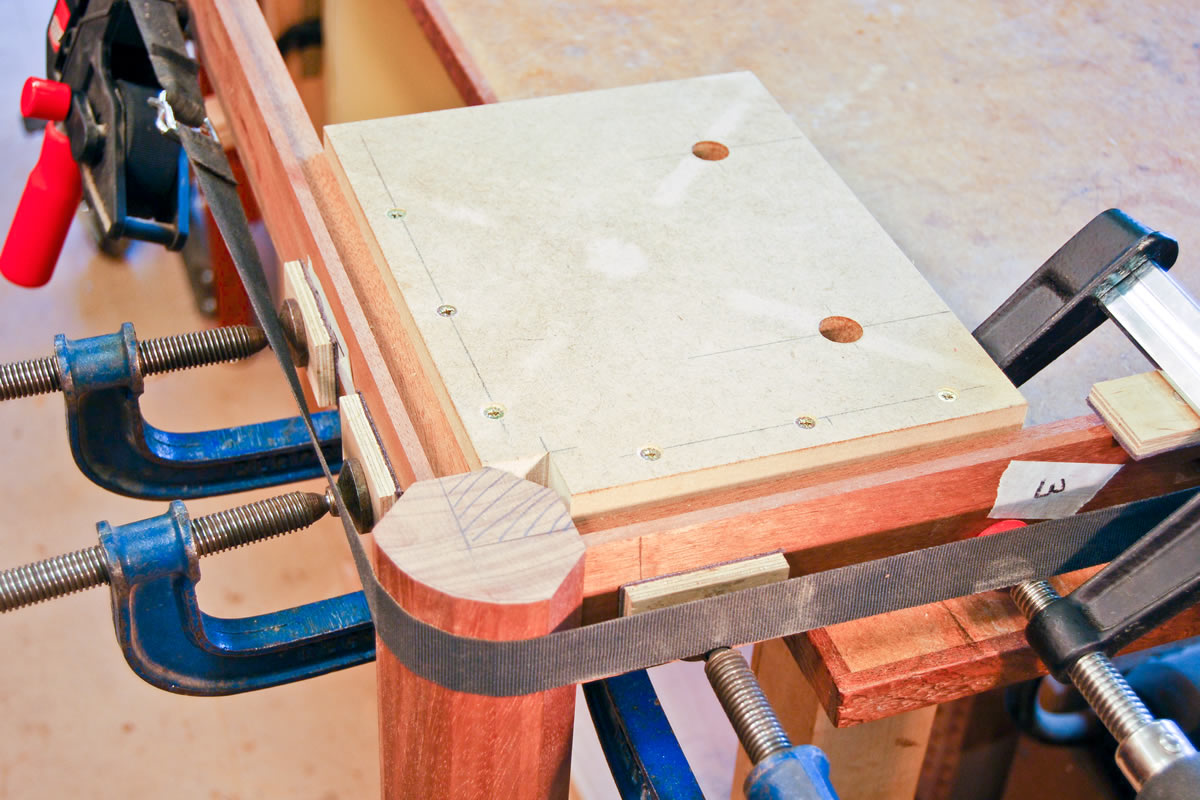
As it was cramped lightly in place, it was tapped with a maul so that it was coplanar (in other words, level) with the top of the leg. Once it had been correctly cramped in place and finally checked with a rule, the cramps were tightened (with soft blocks underneath the heads) so there was no possibility of the dreaded ‘slippage’ during the machining process. It certainly wouldn’t be the first time that a routing procedure had gone down the proverbial pan because I’d forgotten to tighten a screw.
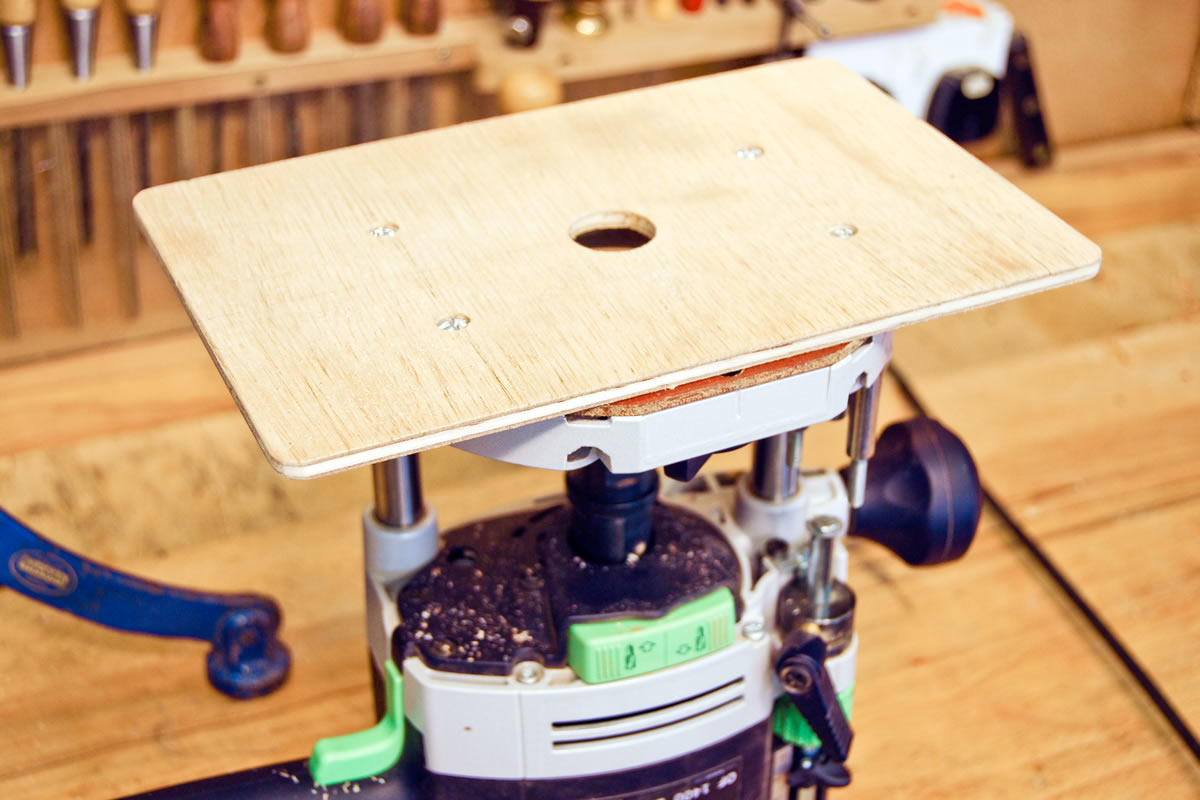
There’s still a difficulty though, as the router needs to span across to the top of the leg, so for complete safety I made a false 6mm plywood base (see pic ‘false base on router’) with a 25mm hole in the centre. Using an 8mm cutter, this gave me just enough room to see through the gap to make sure that I didn’t machine into the leg, which would have been a disaster of unmitigated proportions.
Sounds easy, but it’s not. Freehand routing like this is fraught with all sorts of difficulties, not least of which is that I couldn’t use dust extraction, so it was necessary to stop every few seconds and vacuum out the sawdust.

As you can see from the pic ‘corner routed out’, I’ve freehand routed it and finished less than a millimetre from the pencil line as well as leaving the surface just the merest smidgeon above the rebate.
It’s impossible to use a router freehand like this with any degree of accuracy, so once the table is glued, the internal corners will be finished off with hand tools.



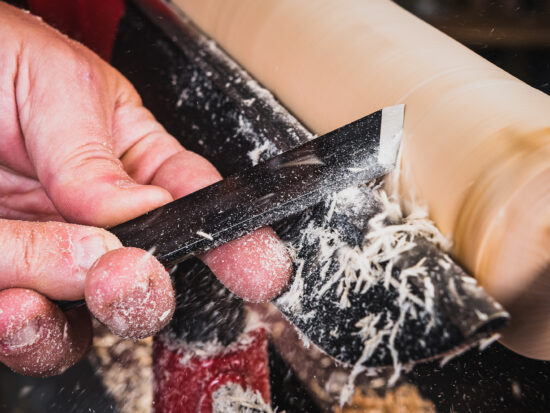
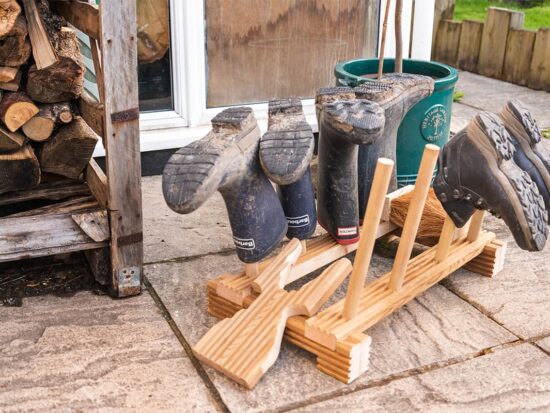
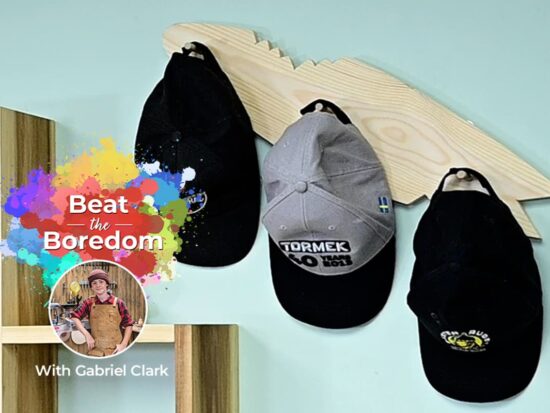
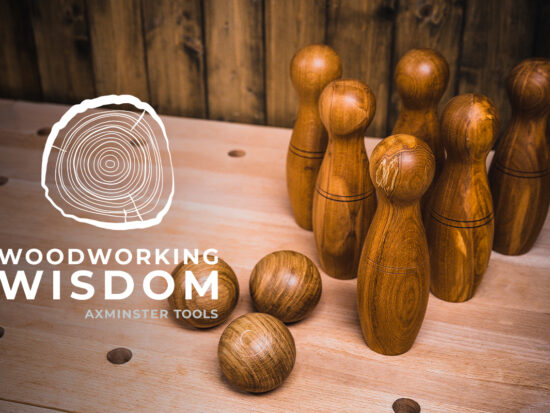
You're a better man than I Gunga Din. Despite you saying chiselling the wood out would be a "complete pain", it's the way I would have gone. After having to think it all through, make the jig, set it up and route it out, I wonder if the hand tool approach wouldn't have been quicker.
Chiseling out the wood 'per se' isn't too difficult, it's the fact that I decided to do it with the leg in place. Done by hand, I'd have to chop into the end and then cut across the grain to remove the waste. Aslo, if the chisel goes in too far chopping down with the grain, there's going to be some damage on the finished surface that the glass will sit on…impossible to remove or cover!
Since purchasing a feinn ive become a great fan - should be relatively easy.
Problem with trying to make a living out of furniture making is always time, secondary to that is thinking and making jig time. It is so easy to make a perfect solution but then to forget what the problem was.
Could you have just attached a large base to the router and say it on the leg and rails?
Great minds Mitch! Exactly what I did.